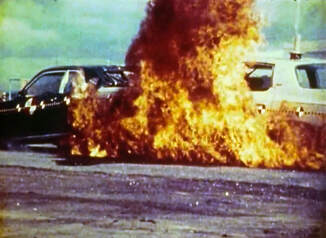 NHTSA Photo from a collision test with a Ford Pinto
NHTSA Photo from a collision test with a Ford Pinto The Ulrich incident was not the first such incident involving a fire following a rear end collision in a Pinto. However, it was unusual in that it lead to a criminal trial against the Ford Corporation which was indicted on three counts of reckless homicide, the first time a corporation had been charged with a homicide offense. The reason that the Attorney General of Indiana chose to take such an extraordinary step was the publicity surrounding an earlier civil action against Ford involving a Pinto.
In February 1978, a civil jury in Grimshaw v. Ford Motor Co. had found Ford liable for the death of the driver and severe injuries to the passenger of another Pinto that had exploded when struck from behind. The plaintiffs in that case collaborated with Mother Jones, an anti-establishment magazine, and The Center for Auto Safety, a private advocacy group, to publicize information about Ford prior to trial. Specifically, an article in Mother Jones highlighted the existence of a report in which Ford was purported to have conducted a "cost-benefit" analysis which showed that it would be less expensive to pay tort damages for injuries and deaths arising from gas tank explosions than to redesign the vehicle to make it safer. The jury awarded $127.8 million in compensatory and punitive damages, the largest verdict ever awarded in a private action for product liability.
Subsequent interviews with the jury affirmed that the verdict was driven by the perceived disconnection between the use of corporate risk analysis and the tendency of the public to be offended by the apparent disregard for human life. Thus, when the Ulrich incident occurred six months after the Grimshaw verdict, the Indiana Attorney General decided that corporations, which are legally considered "persons," could be liable for negligently causing a death just as a natural person could.
While Grimshaw and the publicity it generated are still well known, the case of Indiana v. Ford Motor Co. is all but forgotten - and therein lies the reason that the case is notable, not merely because it was the first case of charging a corporation with homicide, but because the the more exacting standard of a criminal proceeding, and perhaps the lack of the pre-trial publicity that occurred in Grimshaw, resulted in a significantly different verdict.
At the criminal trial, the evidence showed that the "cost-benefit analysis," far from being a sinister, cold weighing of corporate profits against human life, was in fact a standard report prepared for the National Highway Traffic Safety Administration as part of a commentary process for proposed changes to fuel system regulations in 1973, two years after the Pinto had gone into production. Ford's analysis compared the cost of improvements to the societal costs for injuries and deaths related to fires in cases of vehicle rollovers (not rear-end collisions) for all cars sold in the US by all manufacturers (not just the Pinto). The values assigned to serious burn injuries and loss of life in the report were based on values calculated by NHTSA in 1972. In the memo Ford estimated the cost of fuel system modifications to reduce fire risks in rollover events to be $11 per car across 12.5 million cars and light trucks, for a total of $137 million. The design changes were estimated to save 180 burn deaths and 180 serious injuries per year, a benefit to society of $49.5 million. These numbers were subsequently shown to be accurate.
It is widely believed that the existence of the cost-benefit analysis memo was deliberately hidden by Ford and only revealed as the result of a "whistleblower" from within the corporation. This is not the case, and is likely the result of the public confusing real events with a fictionalized version portrayed in the 1991 film Class Action. The memo was a public document and had been widely discussed in the media. The media coverage resulted in a petition from The Center for Auto Safety in 1974 to NHTSA seeking a recall of the Pinto. NHTSA, however, found that there was insufficient evidence that the design of the Pinto was deflective. Rather, the evidence showed that incidents of fires in Pintos was not significantly different from other subcompact cars, which had a higher incident of fires than larger vehicles for the simple reason that small vehicles afford less protective structure than larger ones.
Nonetheless, continued publicity resulted in NHTSA and Ford negotiating a recall to add safety features. To justify the recall, NHTSA substituted its usual static crash test using a moving barrier for a "bullet car" impact in which the Pinto was struck by test vehicle specifically designed to simulate a high speed impact which pierced the fuel tank, a design standard that had never been required of any vehicle. Also, rather than using a non-flammable test liquid, NHTSA use actual gasoline and filled the tank to capacity. The resulting image of a fireball engulfing the Pinto and incinerating the "passengers" has become standard fodder for stories on the failure of automotive safety design.
In the criminal trial in Indiana, Ford was able to present evidence that had been excluded from the Grimshaw case. Ford argued that it could not be held negligent for the alleged design defect because the 1973 vehicle design had met or exceeded all NHTSA requirements at the time. A former head of the NHTSA, testifying on Ford's behalf, said the Pinto's design was no more or less safe than that of any other car in its class. Ford was acquitted of the charges.
Subsequent studies of the safety of the Pinto in comparison to other subcompacts showed that its overall injury and fatality rate was not significantly different from any other. With respect to fires caused by moderate to high speed impacts was in fact slightly lower than average for all cars, and just slightly higher than subcompacts as a class.
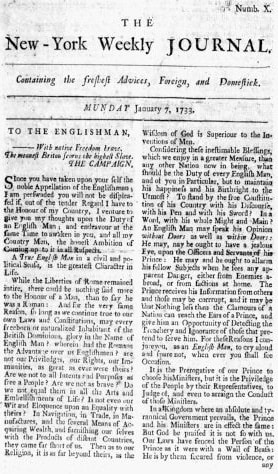
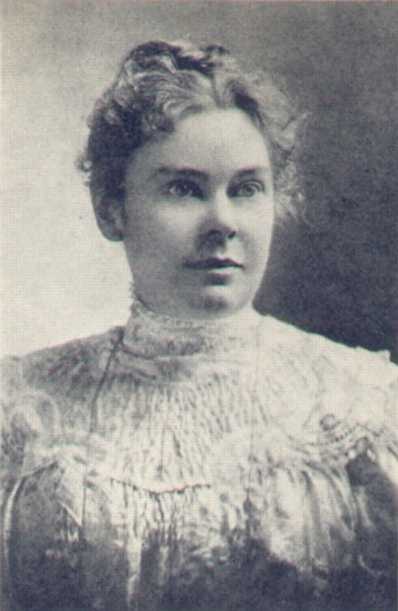
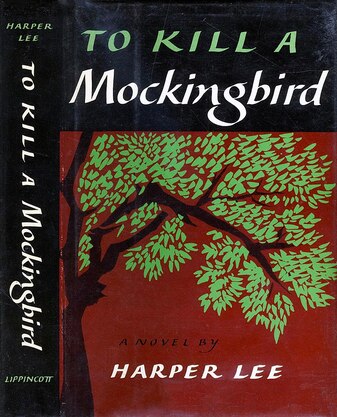
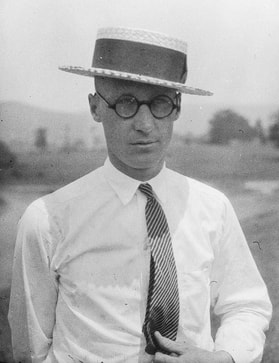
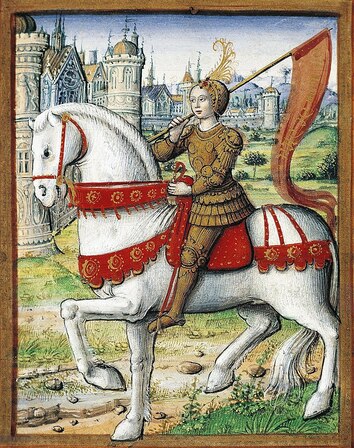
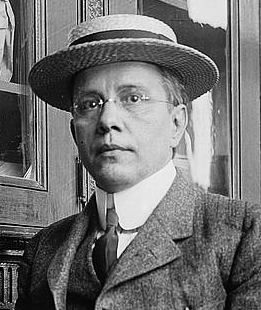
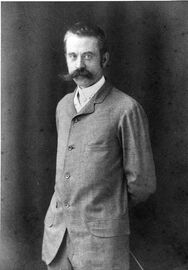
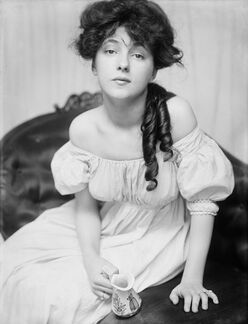
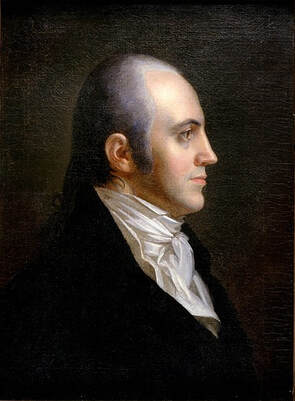
 RSS Feed
RSS Feed